Empowering Compliance. Enabling Safer Workplaces.
This Month’s Highlights
- From the Editor’s Desk
- Webinar Takeaways: Cross-Examination & Complex Scenarios
- Judgment You Shouldn’t Miss
- Blog Corner: Insights You Shouldn’t Miss
- Unboxing SHe-Box
- What Would the IC Do?
- Guest Article by Deepti Chandrasekhar
1. FROM THE EDITOR’S DESK
elearnPOSH Editorial

Maya Sreenivasan – Subject Matter Expert at eLearnPOSH.com
Maya Sreenivasan brings deep legal expertise and hands-on experience in workplace compliance, specializing in the Prevention of Sexual Harassment (POSH) Act, 2013. With over 5 years of experience in advising organizations on POSH policies and training Internal Committees, she plays a critical role in shaping the content and legal accuracy of eLearnPOSH.com’s training programs.
Who is Responsible for POSH Compliance?
POSH isn’t just an HR issue. While HR may coordinate training, assist the Internal Committee, and handle documentation, the responsibility of building a safe and respectful workplace rests with everyone – leadership, managers, employees, and yes, HR too.
The POSH Act, 2013 makes this clear: it places the onus on the employer to provide a safe working environment. It means actively calling out inappropriate behaviour, taking complaints seriously, and not allowing silence or retaliation to take over. In Vishaka vs. State of Rajasthan (1997), the Supreme Court laid the foundation. Workplace safety is a fundamental right.
Creating a Culture of Accountability: Everyone Has a Role
- Leaders set the tone for workplace culture. When they avoid difficult conversations or override decisions made by the Internal Committee, they send a message that safety is not a priority. On the other hand, when they support the process even when it is uncomfortable, they reinforce that accountability matters.
- Managers are often the first point of contact. Their response can influence whether someone feels safe to speak up or chooses to remain silent. Dismissive or indifferent reactions can cause real harm and discourage reporting.
- Employees also shape the environment. Respect is reflected in our words, our actions, and our willingness to intervene when something is wrong. Many incidents go unreported simply because the person did not feel supported.
- Internal Committees must operate independently. When they are well trained and allowed to function without interference, they build trust. But when they face pressure to downplay issues, the entire system fails.
- At the heart of all this is culture. A workplace that values safety does so by design. If the culture is one of silence, fear, or retaliation, none of this works. But if the culture actively encourages respect, empathy, and accountability, policies come to life. POSH becomes something people trust, not just tolerate.
- This newsletter exists to bring everyone into the conversation. Because real compliance goes beyond policies.
2. WEBINAR TAKEAWAYS: CROSS-EXAMINATION & COMPLEX POSH SCENARIOS
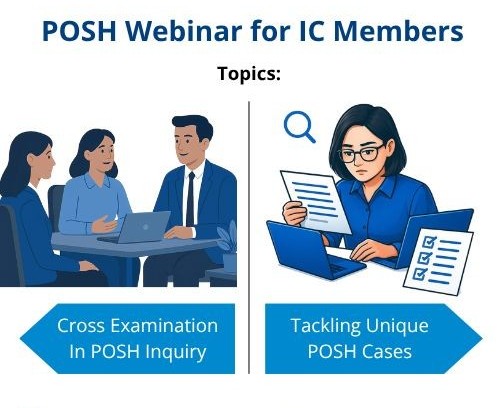
Date: 18th July 2025
Speakers:
Deepa Rafeeque – (POSH Consultant, President – Karnataka Anti Sexual Harassment Council)
Santhosh KT – (Compliance Expert, Founder – eLearnPOSH.com)
In our latest expert-led session, Ms. Deepa Rafeeque explained that while cross-examination is not explicitly mentioned in the POSH Act, it is essential for ensuring natural justice. She emphasized that both parties must be present during questioning, written exchanges should be rare, and ICs must lead the process with transparency and fairness.
Mr. Santosh then addressed how ICs should handle anonymous complaints, delays in reporting, and limited evidence. He clarified that anonymous complaints cannot be acted upon under POSH, delayed complaints are outside the IC’s scope, and even with minimal evidence, ICs must document the case and provide a reasoned conclusion.
3. POSH JUDGMENT: ACCOUNTABILITY BEYOND COMPLIANCE

In X v. Union of India (W.P. No. 5625 of 2020), the Madhya Pradesh High Court held the Lakshmibai National Institute of Physical Education (LNIPE) and its Vice Chancellor liable for serious lapses in handling a sexual harassment complaint, awarding a total compensation of ₹41 lakhs to the complainant. The Court found that the Internal Committee failed to initiate an inquiry despite receiving a written complaint well before the COVID lockdown and instead allowed the Vice Chancellor to form an unauthorised six-member committee to derail the process.
It also noted the retaliatory conduct by the Vice Chancellor and the inaction of the police, who registered the FIR only after being directed by the Supreme Court. The judgment strongly criticized the institution’s failure to follow the due process mandated under the POSH Act and the misuse of power by senior officials to suppress the complaint.
4. BLOG CORNER: INSIGHTS YOU SHOULDN’T MISS
eLearnPOSH published two insightful blogs this July, one clarifying the legal position on anonymous complaints under POSH and guiding ICs to treat them as red flags for informal action. The other simplifies the new SHe-Box portal, outlining its registration steps, features, and why it matters for compliance. Through these resources, eLearnPOSH continues to break down complex legal topics into actionable guidance for ICs and employers.
5. UNBOXING SHe-Box
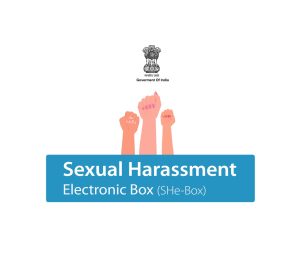
1. Is SHe-Box registration mandatory for private organisations?
Several District Officers, State Administrations, and regulatory bodies like the Ministry of Education and NSE have issued directions requiring registration on SHe-Box. Moreover, the portal itself states that all workplaces must register their Internal Committee and office details. While no direct penalty is prescribed, non-registration may be viewed as non-compliance with the POSH Act as the initiative is from the Ministry of Women and Child Development, which is the Nodal ministry for POSH Act implementation. eLearnPOSH strongly recommends that every organisation to register themselves on the SHe-Box.
2. What if you have multiple branch offices?
Each branch office with 10 or more employees and located in a district different from that of the head office must be registered separately on the SHe-Box portal. You will need to designate a Nodal Officer and provide IC details for every eligible branch.
3. A branch office of the organisation has recently reached a headcount of 10 employees, all of whom are male. In such cases, is SHe-Box registration still mandatory? What is the appropriate course of action?
Yes, you should still register on SHe-Box. Under the POSH Act, every workplace with 10 or more employees, regardless of gender composition, is required to constitute an Internal Committee (IC) and ensure POSH compliance, including SHe-Box registration. Even if the branch has no female employees currently, it is still a workplace under the law, and the requirement to register applies once the employee threshold of 10 is crossed.
Even if there are no women at the branch, the IC can include members from the head office or other branches, and the external member can be drawn from outside the organisation.

eLearnPOSH recommends that each branch office be registered separately on the SHe-Box portal and have its own Internal Committee (IC), wherever feasible. This aligns with the structure of the POSH Act and the SHe-Box portal, both of which require workplace-specific IC details at the time of registration.
However, in practice, many organisations face challenges that make it difficult to set up a separate IC for every branch. Some branches may not have enough qualified members, and managing training and coordination across locations can be resource intensive. In smaller offices with very few or no complaints, setting up a full IC may seem excessive. There are also situations where a branch office is used only for periodic meetings or administrative purposes, and employees do not actually work from that location on a daily basis. In such cases, forming a separate IC may not be practical.
To manage these realities, many organisations adopt alternative structures, such as:
- Hub and Spoke Model: One central IC supported by smaller regional ICs that handle local issues.
- Distributed Model:A main IC with representatives from each branch to ensure workplace-level access.
- Virtual IC Model:A single IC with a central POSH email ID and online access, supported by trained points of contact across locations.
These models are practical but not legally validated by the courts. If your organisation chooses one of these, it is important to assess the risks, document the rationale, and ensure that employees can easily access the IC without delays or confusion.
Also keep in mind that the SHe-Box portal does not allow the same IC email address to be used for multiple branches. This technical limitation needs to be factored in during planning.
Ultimately, the goal of the POSH Act is to ensure a safe and accessible redressal mechanism at every workplace. Even if an IC is not physically present at a branch, it must still be accessible, approachable, and effective.
6. WHAT WOULD THE IC DO?
eLearnPOSH’s Real-World Guidance
Thought-provoking scenarios that reflect the real challenges faced by Internal Committees.
Scenario 1: Past Messages and Present Discomfort
An employee files a complaint regarding late-night personal messages from a colleague, which she found intrusive and unwelcome. The respondent submits screenshots of earlier conversations that reflect friendly exchanges and light-hearted banter initiated by the complainant. He contends that the messages in question were not out of context and were mutual.
What is the appropriate course of action?
A. Dismiss the complaint, given the complainant’s prior friendly conduct
B. Investigate further, focusing on the context, timing, and current perception of the messages
C. Issue a warning to both parties and close the matter
D. Request that the complainant withdraw the complaint to avoid unnecessary conflict
Recommended Approach: Option B:
Prior friendly communication does not necessarily imply ongoing consent to personal interactions. The Internal Committee must evaluate whether the specific conduct being reported was unwelcome at the time it occurred. This requires an objective review of context, shifts in tone, and any expression of discomfort.
7. GUEST ARTICLE
From Protection to Inclusion: The Next Chapter for POSH in India
 About the Author
About the Author
Deepti Chandrasekhar is a senior HR professional with 18+ years of experience. A certified POSH consultant empanelled by the Ministry of Women and Child Development, she specializes in Prevention of Sexual Harassment compliance, workplace investigations and handling employee grievances.
She is the founder of Symphora, an HR compliance firm dedicated to helping organisations achieve comprehensive POSH implementation. Throughout her career, Deepti has held leadership positions at prominent organisations.
The Sexual Harassment of Women at Workplace (Prevention, Prohibition and Redressal) Act, 2013 (POSH Act) remains crucial for protecting women in Indian workplaces. However, as workplaces become more diverse, we must address two critical issues: rare but impactful instances of misuse, and the need to protect all employees regardless of gender.
The Current Challenge
While the POSH Act primarily protects women and must continue to do so, harassment is not gender exclusive. It affects men and LGBTQIA+ individuals too, yet they remain invisible in current legal frameworks. Many organisations treat POSH compliance as a checkbox exercise rather than a tool for cultural transformation.
When grievance mechanisms aren’t seen as equitable by all genders, workplace climates become characterized by silence and insecurity. The emotional and reputational toll on those falsely accused cannot be ignored, justice must be seen to be done for everyone.
The Opportunity
Progressive organisations are already implementing gender-neutral policies that protect all employees. The POSH Act doesn’t legally restrict such inclusion, making this expansion both possible and necessary for truly safe workplaces.
Leading the Change: Actionable Steps for HR and IC Members
1. Build a Data-Driven Business Case for Gender-Neutral Policies:
Survey harassment experiences across all genders, including male and LGBTQIA+ employees. Present findings to leadership showing how gender-neutral policies reduce blind spots and ensure comprehensive legal compliance.
2. Implement Gender-Inclusive Training Programs :
Develop training covering harassment scenarios involving male victims, same-gender harassment, and LGBTQIA+ individuals. Train IC members to handle complaints sensitively regardless of complainant’s gender identity.
3. Establish Gender-Neutral Investigation Processes:
Include diverse gender representation in IC composition. Create investigation protocols that treat all complaints with equal seriousness whether filed by women, men, or non-binary individuals.
4. Foster Gender-Inclusive Dialogue and Policy Development:
Create forums welcoming discussions from male harassment survivors and LGBTQIA+ employees. Use gender-neutral policy language like “employee” instead of “woman employee” where legally permissible.
Conclusion
Expanding POSH protections doesn’t weaken the law, it strengthens its credibility. A truly safe workplace delivers justice through the lens of fairness, not gender. By acknowledging gaps, preventing misuse, and building inclusive policies, we create workplaces where everyone is protected.
This inclusive approach delivers tangible business benefits: enhanced brand reputation as a progressive, equitable employer; improved employee retention across all demographics through increased psychological safety; and stronger organisational trust as employees see consistent, fair treatment regardless of their gender identity.

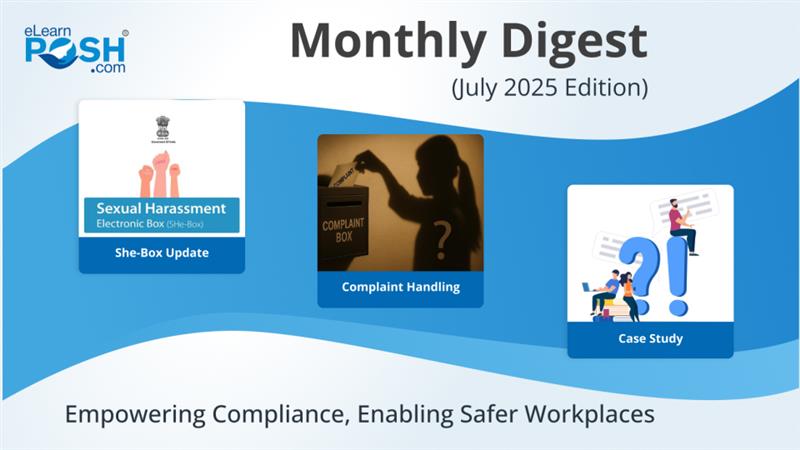

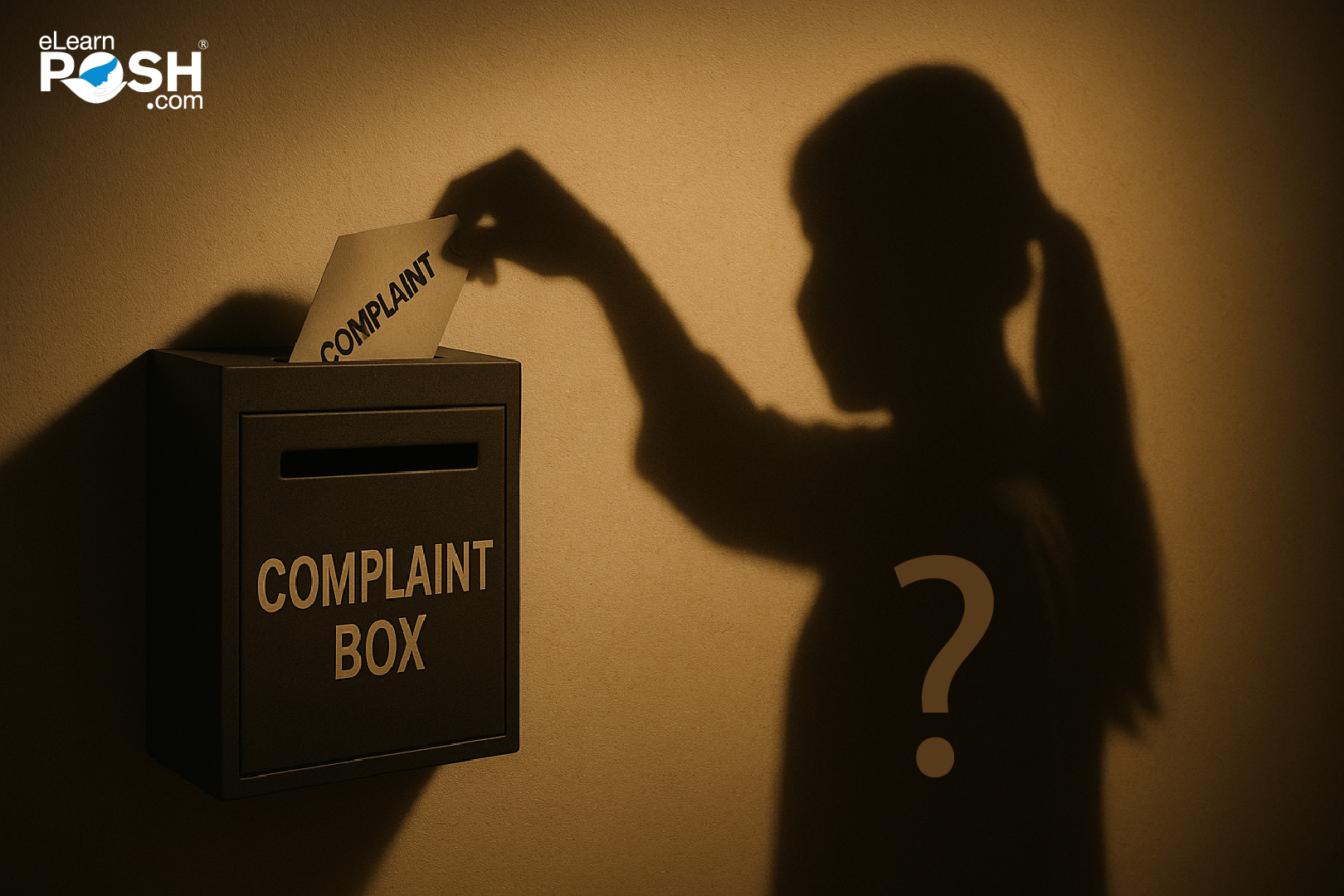
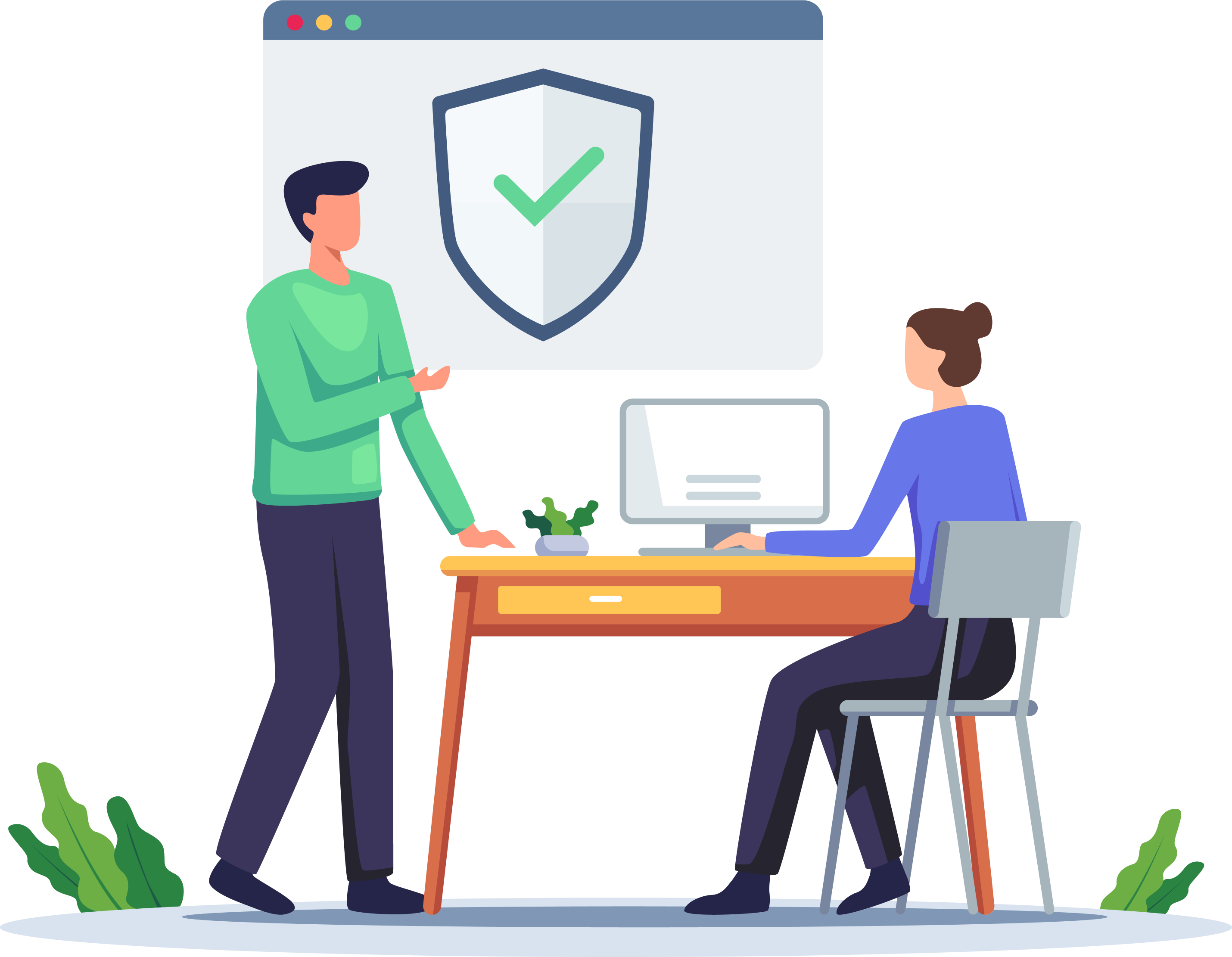
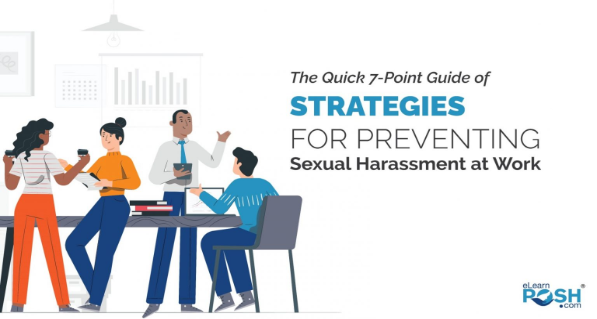
Leave a Reply